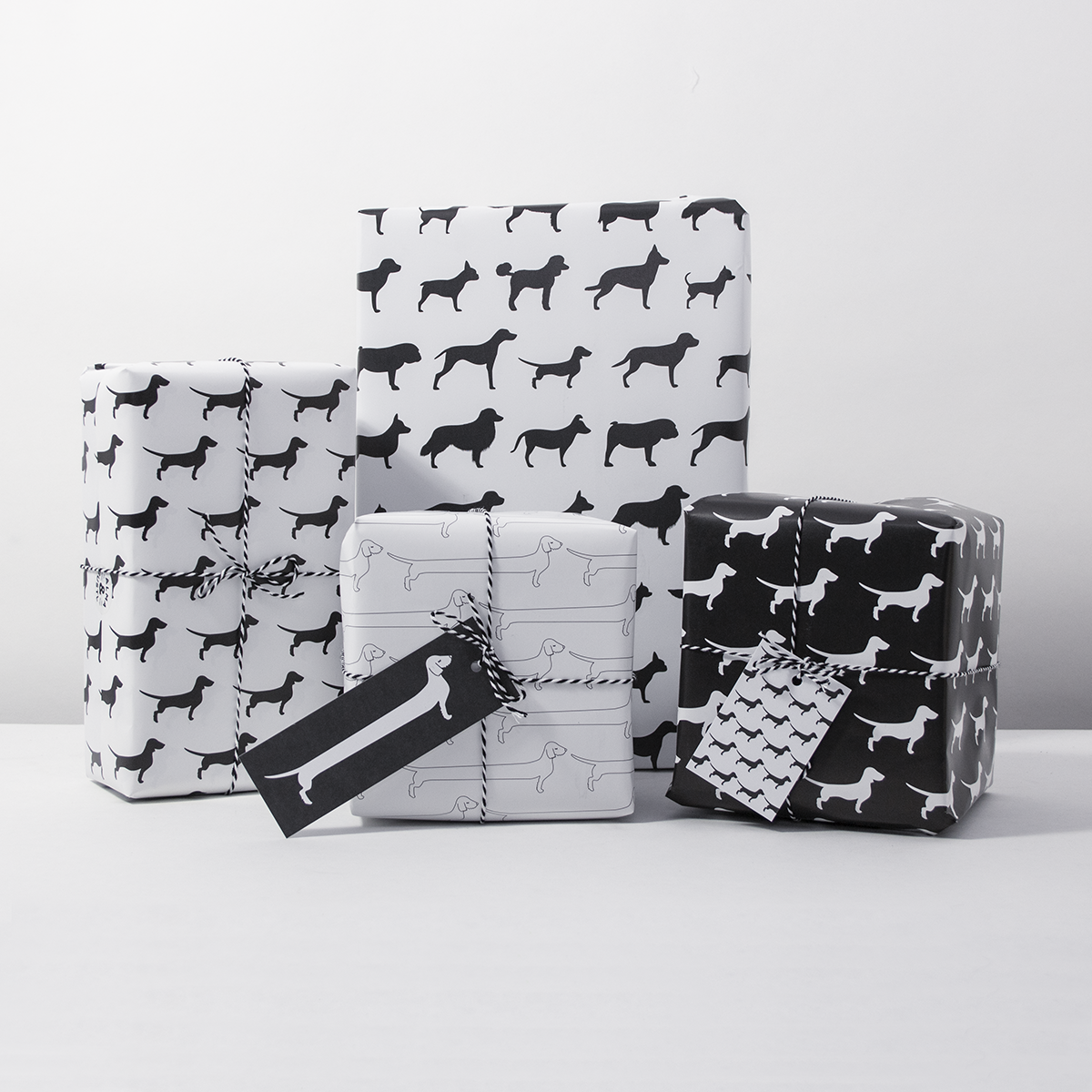Winter is a special time for many dog owners. While we enjoy the wintry scenery, there are some challenges our dogs face in the cold weather. Your dog's paws, in particular, require special attention during the cold season. Snow, ice, road salt, and cold temperatures can irritate the delicate paw pads and cause damage. To help your dog enjoy the winter safely and comfortably, we've compiled some important tips on how to protect their paws from the rigors of winter.
Why paw care is important in winter
Your dog's paws are especially vulnerable to injury in winter. While snow and ice may seem soft, when combined with road salt and other chemicals spread on roads, they can cause unpleasant irritation. Salt can dry out the skin on the paw pads, and sharp ice crystals can cause minor injuries. Exposure to extremely cold temperatures during long walks can also be uncomfortable, as blood flow to the paws is reduced, increasing the risk of frostbite. All of these factors make good paw care essential in winter.
Tips for protecting dog paws in winter
-
Apply cream to paws before a walk
A simple yet extremely effective way to protect your dog's paws from cold and salt is to apply a special paw balm to the pads. These care products protect against cracks and dryness and ensure that the paws remain soft and supple. Make sure to choose a product that is suitable for dogs and does not contain any harmful ingredients. Regular use will ensure that your dog's paws stay healthy even in cool temperatures. -
Dog shoes for cold days
One of the best ways to protect your dog's paws from the elements is with dog boots. Especially on longer walks or when walking in areas with a lot of road salt , dog boots can be an indispensable tool. They protect the paws from harmful salt, prevent ice crystals from penetrating the surface, and ensure your dog walks safely on slippery surfaces. Getting your dog used to the boots can be a little difficult at first, but with patience, they will accept them and walk more safely and comfortably. -
Clean paws after a walk
Road salt and other chemicals used on roads and sidewalks are toxic and can be harmful to your dog if they lick them. Therefore, it's important to thoroughly clean your dog's paws after every walk. Rinse the paws with warm water to remove any salt residue. If necessary, you can also use a mild dog shampoo for a more thorough cleaning and to condition the skin. Make sure to dry the paws thoroughly, as wetness can also cause skin irritation. -
Pay attention to the duration of the walks
On particularly cold days, it may be a good idea to shorten walks a bit. Even though dogs are generally well-equipped to withstand the cold, long periods in the snow can lead to frostbite or painful chilblains. Sensitive breeds or older dogs are particularly susceptible to the cold, so it's better to break up walks into shorter sections during extreme temperatures. Always monitor your dog's reactions: If they start to limp or lift their paws, it's a sign that it's too cold for them and they need a break. -
Claw care in winter
Your dog's claws also require special attention in winter. Especially in snow and ice, slush can get caught in the claws and freeze over. This can cause painful pressure sores. To prevent this, you should regularly check your dog's claws and trim them if necessary to ensure that no ice or dirt builds up in them.
Daily care and prevention for healthy dog paws
Proper winter paw care goes beyond protecting your dog from snow and cold. Regularly checking the paws for small cracks, injuries, or dry patches of skin is essential. Especially in active dogs who are often outdoors, small cuts and wounds can occur, which can quickly lead to infections. If you notice any unusual redness or discomfort, it's advisable to consult a veterinarian.
The reward after a winter walk
After a cold walk through the snow, there's nothing better for you and your dog than warming up together. While you wrap your dog in a cozy towel or groom his paws, you can also get cozy. Sit in front of the fireplace, relax, and enjoy a hot cup of cocoa. And the next time you're taking a break, why not sip from a mug from Alma and Gustl ? Our unique dachshund mugs are not only a treat for you, but also perfectly match the wintery atmosphere you're creating for your well-deserved post-walk break.
The combination of a well-cared-for dog walking safely through the winter and the warmth of a comfortable home will make the cold season a relaxing experience for both of you.
Cover image generated with AI




